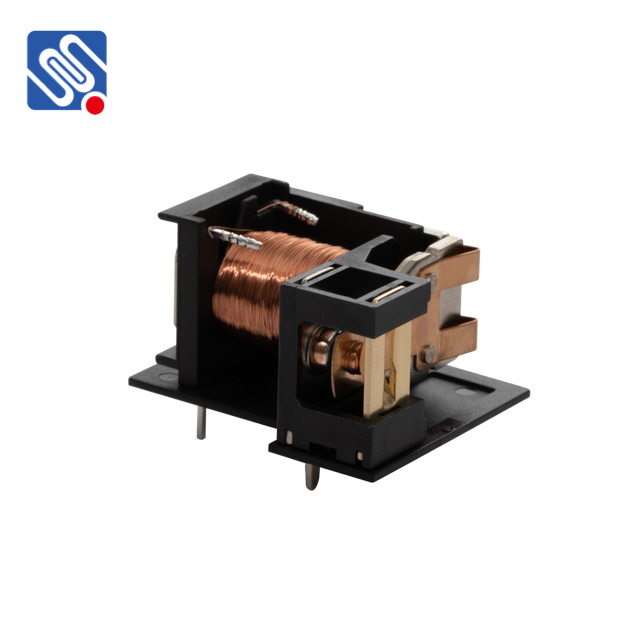understanding relay components and their role in modern electronics
Release time:2025-06-09 07:56:12
Relays are essential components in modern electronics and electrical systems. These small devices allow control of high-voltage circuits by using low-voltage signals, making them indispensable in various applications. A relay, at its core, is an electrically operated switch that opens or closes a circuit when activated by an input signal. While relays may seem simple, they play a critical role in ensuring the smooth functioning of many devices and systems. In this article, we will explore the components of a relay, how they work, and their various applications in electronics.

What is a Relay?
A relay is an electromechanical device that consists of several key components. These components work together to control the opening and closing of electrical circuits. The main parts of a relay include:
Coil: The coil is a wire wound into a coil shape, and when an electric current passes through it, it generates a magnetic field. This magnetic field is the primary force that activates the relay.
Armature: The armature is a movable part that is attracted to the coil when it is energized. It serves as the switch that opens or closes the contacts of the relay. The armature’s movement is essential for controlling the flow of electricity through the relay.

